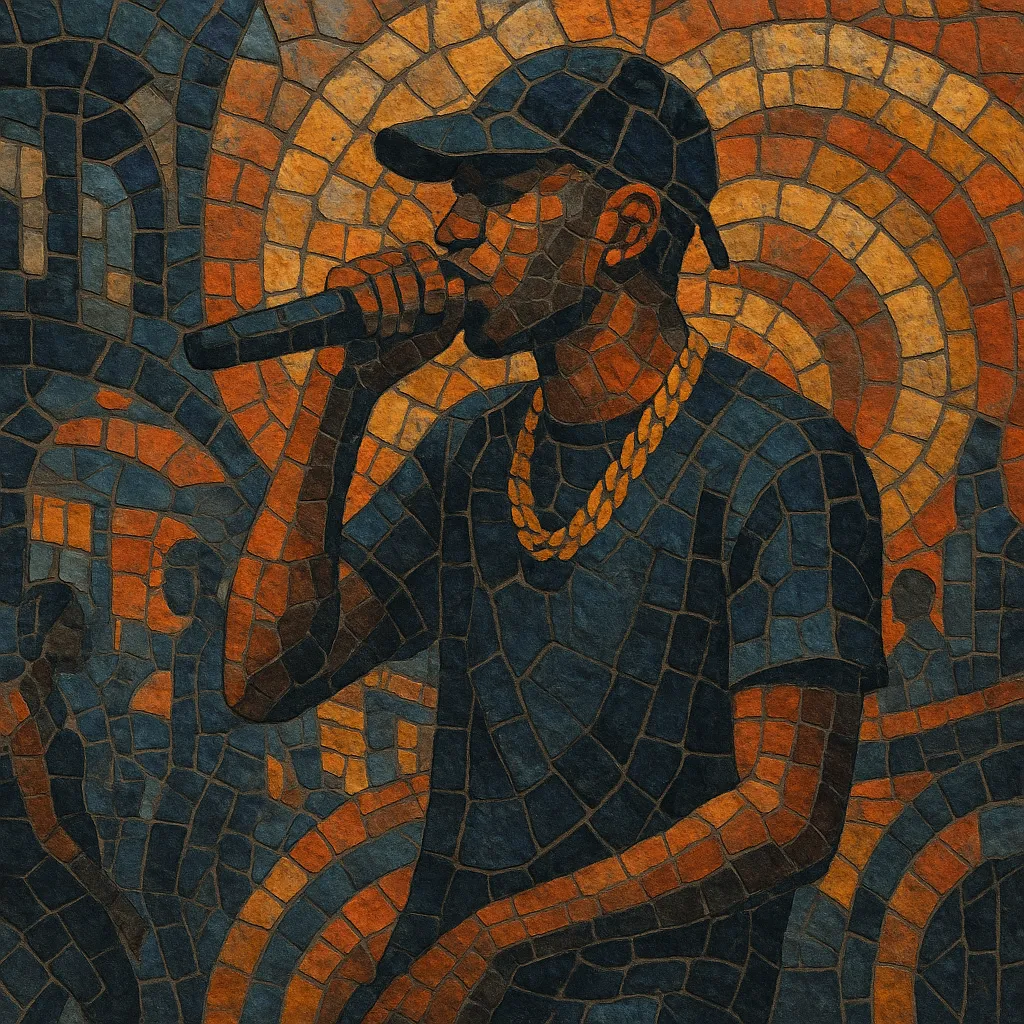Zess is a contemporary street-party music style from Trinidad and Tobago that blends trap and dancehall aesthetics with local soca energy and slang. It typically runs slower than traditional soca, favoring moody minor-key melodies, 808-heavy low end, and Auto-Tuned sing-rap flows.
The sound is closely tied to the "zesser" subculture of nightlife, fashion, and swagger, and often uses Trinidadian creole, rapid-fire ad‑libs, and sticky hooks. Compared to carnival-ready power soca, zess is more intimate and bass-forward, while still designed for dancing and liming.
Zess emerged in Trinidad and Tobago in the late 2010s, alongside the rise of the local trap/dancehall (often dubbed “Trinibad”) wave. Artists began fusing the punchy 808s and rolling hi-hats of trap with the rhythmic cadences of modern dancehall and the hook-writing sensibilities of soca, while keeping lyrical content grounded in local slang, nightlife, and street narratives.
The movement crystallized around a “zesser” identity—an image of fashion-forward, party-focused youth culture. Viral singles and visually striking videos helped codify the sound: darker harmonies than carnival soca, but still aimed at dancing and liming. Producers drew on FL Studio workflows, sub-bass heavy mixes, and catchy toplines to craft a club-friendly but gritty sheen.
By the early 2020s, zess aesthetics fed back into mainstream soca and carnival releases: soca artists and producers began incorporating zess-style beats, half-time drops, and trap-influenced drum programming. This cross-pollination created a spectrum from classic uptempo soca to slower, bass-driven tracks that still work on carnival trucks and in street parties.
Zess provided a distinctly Trinidadian answer to global trap/dancehall trends, foregrounding local speech, attitudes, and narratives. It expanded the palette of Caribbean club music beyond established soca and dancehall formulas, giving younger artists a template to express contemporary realities while keeping the dancefloor at the center.


